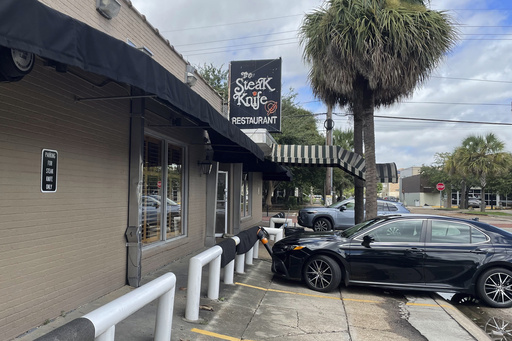Hurricane Francine intensified quickly before reaching the shores of Louisiana, causing power outages for hundreds of thousands and inundating a cemetery in rain. New Orleans, equipped with an intricate system of canals and pumps to manage water, struggled as over 7 inches of rain overwhelmed the drainage system. The city’s architectural landscape makes it susceptible to flooding during severe storms, as explained by Richard Campanella, a professor at Tulane University.
New Orleans, historically shaped by flooding, has faced challenges in keeping homes dry and water out. Residents were urged to conserve water to lessen pressure on the sewer system. Although drinking water remained unaffected, officials worked to empty the excess rain, highlighting the critical infrastructure necessary to maintain the habitability of New Orleans.
The city’s battle with heavy rain is underscored by the following factors:
– Levees: Post-Hurricane Katrina, significant investments were made in a 133-mile defense system comprising levees, pumps, and other structures to prevent flooding. While Hurricane Francine did not test the design, the city’s protective barriers can hinder rainfall drainage.
– Gravity: New Orleans, situated below sea level, faces challenges in draining water uphill into Lake Pontchartrain due to gravitational constraints. Over time, the city has sunk due to the alteration of the Mississippi River’s natural sediment deposition.
– Drainage: The city’s complex pump and canal system are crucial for managing rainfall within its confines. The aged infrastructure, including pumps dating back a century, has undergone refurbishments but still faces vulnerabilities concerning power supply and frequency compatibility.
Improvements have been made over the years to enhance the drainage system, with new pumping stations, canal extensions, and power upgrades. Despite advances, the city continues to refine its infrastructure, especially in response to unpredictable weather patterns and the increasing impact of climate change. Louisiana Governor Jeff Landry emphasized the ongoing collaboration between state, federal, and local authorities to enhance preparedness for future weather events.
As Louisiana braces for more intense storms due to climate change, the resilience and adaptability of New Orleans’ drainage system will be continually tested. The city remains vigilant in its efforts to mitigate flooding risks and enhance its infrastructure to combat the challenges posed by extreme weather.
